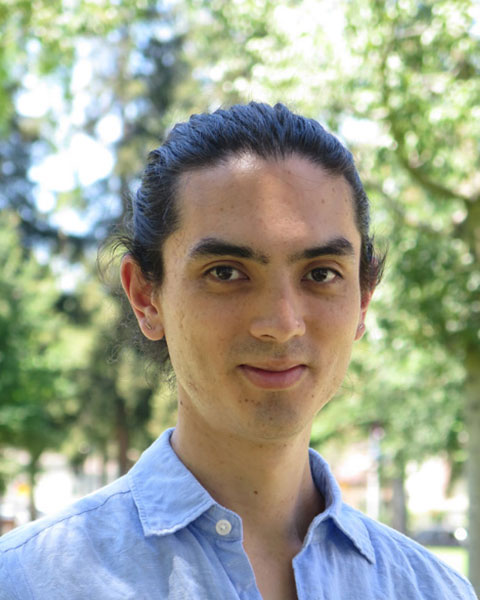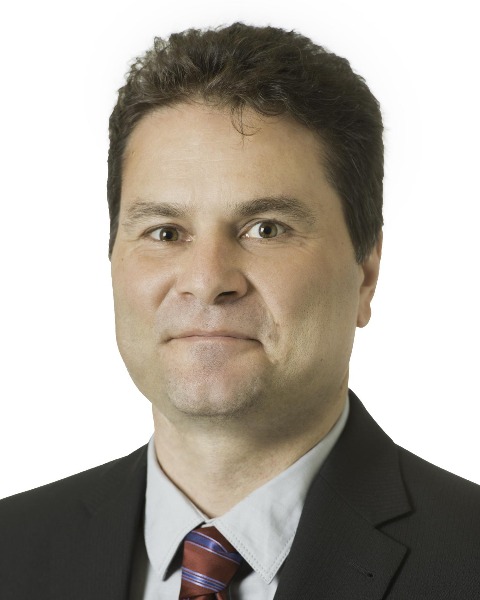Rapid Fire Abstracts
Normative values of 4D Flow derived haemodynamic parameters in the thoracic aorta – a multicenter AI-augmented analysis in 396 patients (RF_TH_229)
- JA
Jonathan Andrae, MD
Physician
University Hospital Freiburg, Germany - JA
Jonathan Andrae, MD
Physician
University Hospital Freiburg, Germany 
Ethan M. I Johnson, PhD
Clinical Research Associate
Northwestern University- HB
Haben Berhane, BSc
Graduate student
Northwestern University - MR
Maximilian Russe
Senior Physician
University Medical Center Freiburg, Germany 
Michael Markl, PhD
Professor
Northwestern University Feinberg School of Medicine- AH
Andreas Harloff, MD
Professor
University Hospital Freiburg, Germany
Presenting Author(s)
Primary Author(s)
Co-Author(s)
4D flow MRI allows for noninvasive measurement of hemodynamic parameters such as wall shear stress (WSS), pulse wave velocities (PWV) or kinetic energy (KE). Large population studies can provide valuable information on normative values for these parameters. However, 4D flow MRI analysis is time consuming and includes cumbersome manual interactions, limiting its adoption and reproducibility for large cohort studies. In this study, we utilized a novel, in-house developed AI driven 4D flow MRI pipeline that enabled fully automated 4D flow MRI processing and hemodynamic quantification in a large cohort of health controls enrolled at two sites. The aim was to provide normative values for 4D flow MRI derived hemodynamics measured in different demographic groups.
Methods: We pooled data from two existing cohorts of healthy volunteers, one recruited at the University of Freiburg from 2012 to 2014 (site 1, n = 125) and one recruited at Northwestern University in Chicago from 2012 to 2022 (site 2, n = 274). At both sites, subject enrollment was tailored to assemble 4D flow data distributed across age groups and by sex to establish normative data ranges for hemodynamics metrics. At site 1, 4D flow MRI was performed using 3T with resolution 2.5×2.1×2.5mm3/20ms, R=5 (GRAPPA), VENC 150cm/s and prospective ECG gating. At site 2, 4D flow MRI was acquired on 1.5T / 3T systems with resolution 1.5–2.5×1.5–2.5×1.5–4.5mm3/30–42ms, R=2-10 (GRAPPA/optional-CS), VENC 80-300cm/s and prospective ECG gating. After completing automated preprocessing and aortic segmentation, we calculated regional expression of blood flow, peak velocities (Vmax) and WSS; and global expression of PWV, KE, energy loss (EL) and energy loss rate (ELR) as well as aortic diameters. For each parameter, we performed multiple pairwise comparison for the distributions between genders and in 3 different age groups.
Results: Our cohort consisted of 399 subjects. Pipeline analysis was successfully completed in 396 subjects (200 female, 196 male). Age ranged from 18 to 81 years while the mean age was 47.7 years (SD ± 16.6). Mean BMI was 26.2 (SD ± 5.2). The group of young adults (18 – 39 years) included 148 subjects, middle aged (40 – 59 year) 138 subjects and elder (60 – 81 years) 111 subjects. Baseline characteristics were matched between sites except for BMI, which was higher for the site 2 cohort (Fig.1). There were significant differences in the mean values for PWV, WSS and KE, EL & ELR between both sites (Tab. 1), however all identified significant trends appeared at both sites and in the combined sample: Aortic peak velocity was significantly higher in males and younger patients. The latter effect was mostly driven by decreasing Vmax in the descending aorta (DAo) and to a lesser extent in the aortic arch (AA) with increasing age. PWV showed the expected significant increase with age but no difference between genders. Median WSS decreased with age and in female subjects in the Ascending Aorta (AAo) and AA while maximum WSS showed significant differences in the AA and DAo (Fig. 2).
Conclusion: This study provides important normative data on 4D flow MRI derived aortic hemodynamics across different age and gender groups in a large cohort of controls from two sites. We demonstrated the feasibility of standardized multi-center 4D flow analyses in large cohorts using a fully automated AI pipeline to analyze nearly 400 datasets. The identified trends agreed well between the two sites. Age-related increases in PWV and decreases in Vmax and WSS align with established cardiovascular changes.

